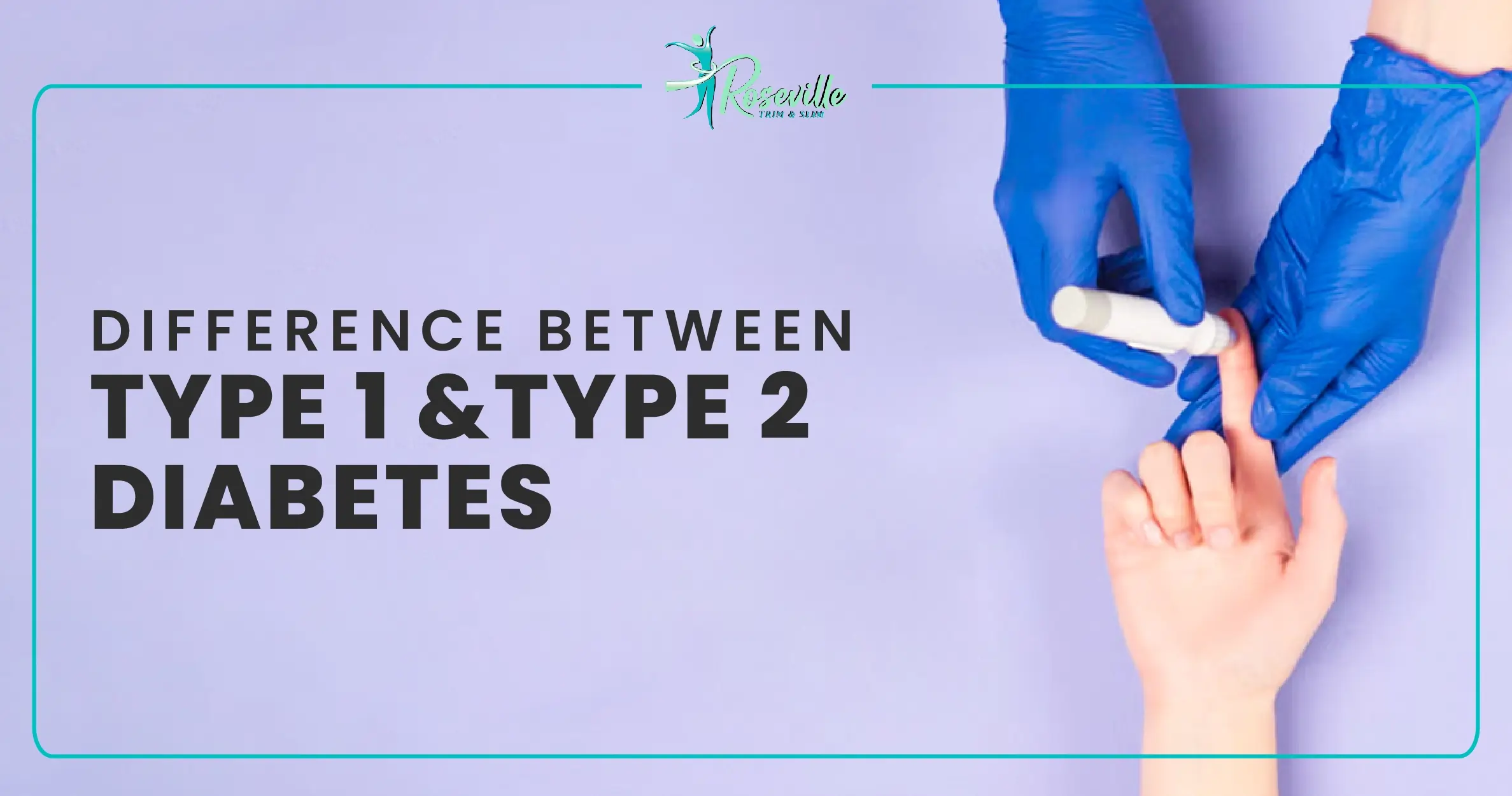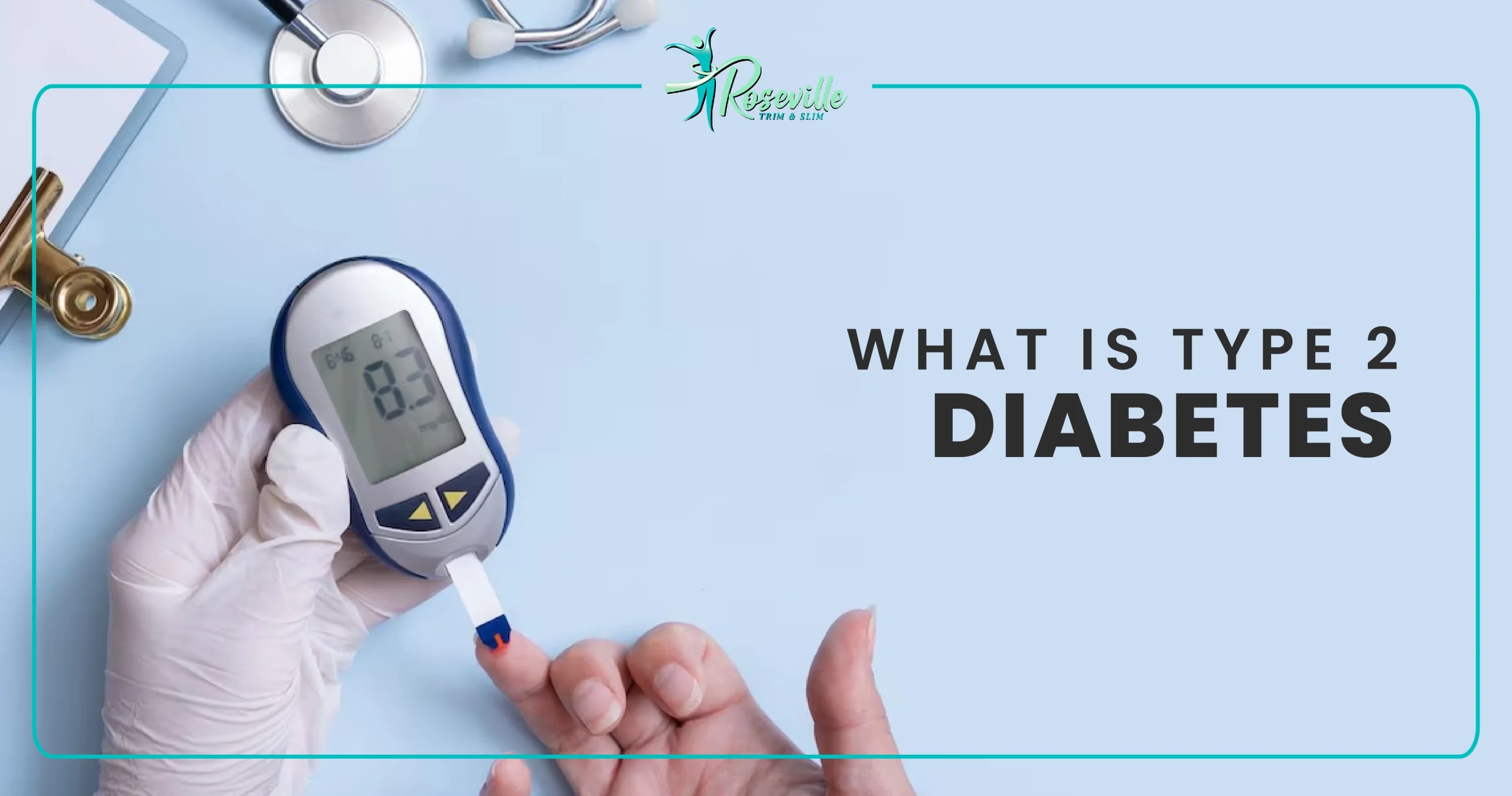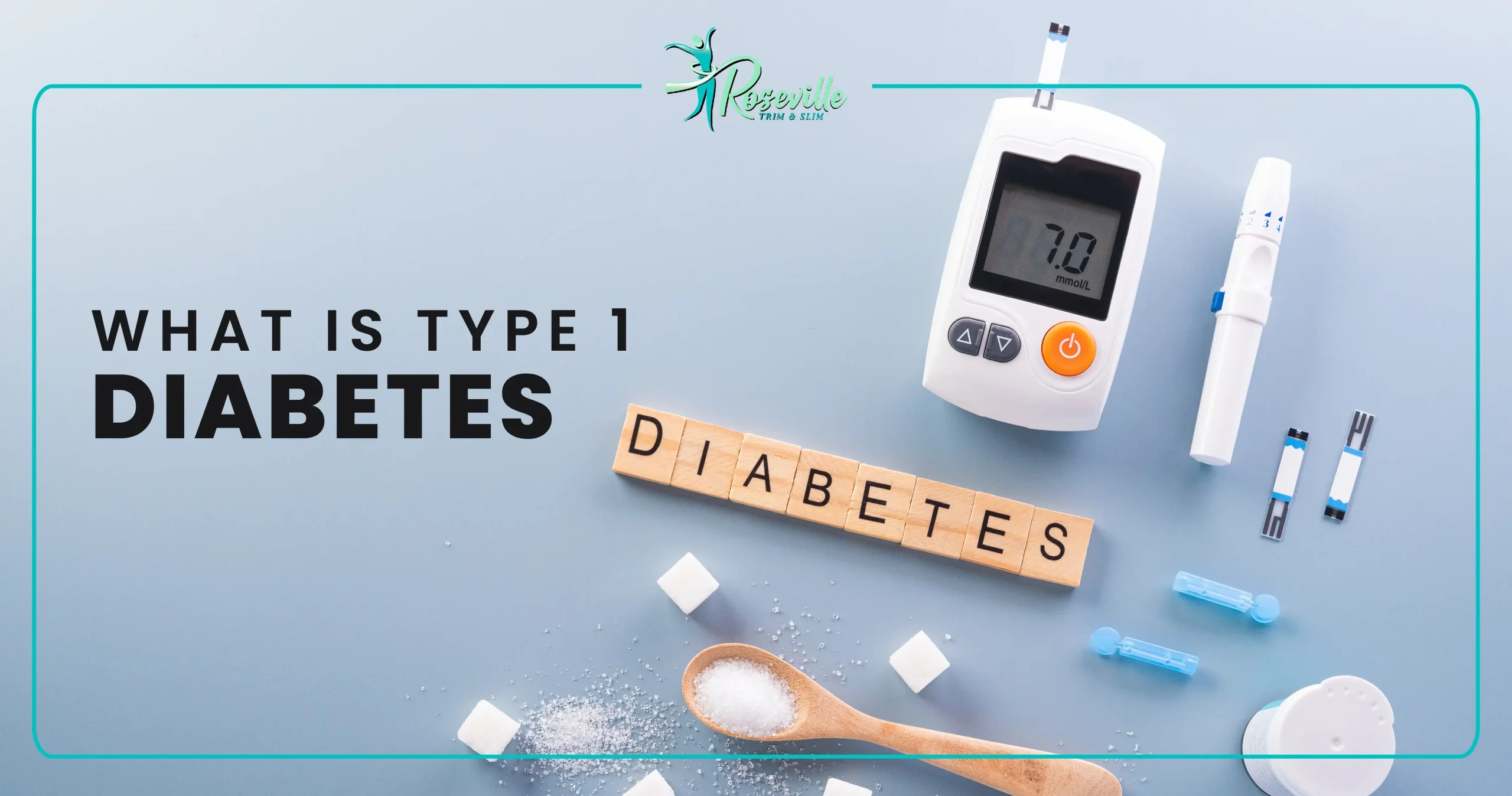Millions of people globally have diabetes, which is a chronic disease. It is mainly concerned with the way the body regulates blood sugar (glucose). Both Type 1 and Type 2 diabetes have many similar signs, but are clearly different in the causes, risk factors, and management.
Familiarizing ourselves with these differences is important for therapeutic and lifestyle changes. Let’s sift through the major differences between Type 1 vs Type 2 Diabetes.
What Is Diabetes?
Diabetes occurs when the body does not have the ability to regulate blood glucose (which is sugar), and it means that the pancreas is not making enough insulin which is a hormone that helps the body use or store glucose for energy. If the pancreas produces less insulin or the insulin cannot be used effectively, the glucose accumulates in the blood leading to high blood sugar.
Types of Diabetes
There are three main types of diabetes:
- Type 1 Diabetes
- Type 2 Diabetes
- Gestational Diabetes (temporary diabetes that occurs during pregnancy)
Here, we will focus on the first two types, talking about Type 1 vs Type 2 Diabetes.
Type 1 Diabetes
Type 1 diabetes is an autoimmune condition that arises when the immune system of our bodies targets and destroys the cells that produce insulin in the pancreas, known as beta cells. As a result, where the pancreas produces minimal or no insulin, the consequent insufficiency prevents the body from the blood sugar homeostasis process.
Age of Onset
Type 1 diabetes is often diagnosed in childhood or adolescence, which is why it is sometimes referred to as “juvenile diabetes.” However, it can develop at any age, including in adulthood.
Causes and Risk Factors
- Genetics: A family history of Type 1 diabetes can increase the risk, but it is not the only cause.
- Autoimmune Response: The immune system mistakenly attacks the pancreas, leading to insulin deficiency.
- Environmental Factors: Viral infections or environmental triggers can sometimes set off the autoimmune response.
Symptoms
- Frequent urination
- Extreme thirst and dehydration
- Unexplained weight loss
- Blurred vision
- Fatigue
- Slow healing of wounds
Treatment and Management
People diagnosed with Type 1 diabetes are required to get the necessary dose of insulin every day in order to maintain their blood sugar levels. Insulin may be provided either as injections or via an insulin pump. Apart from insulin, the proper proportion of diet, exercises, and constant monitoring of the blood sugar level is also needed for the correct management of the illness.
Type 2 Diabetes
Type 2 diabetes is a metabolic disorder that occurs when insulin resistance is produced in the body or the body is not able to adequately produce insulin. There is a huge difference in terms of Type 1 vs Type 2 Diabetes. Type 1 diabetes does not have insulin, while Type 2 has the body’s inability to use insulin efficiently.
Age of Onset
Type 2 diabetes is a frequent diagnosis in older adults, mostly those aged above 45. Yet, the disease is now also found in the younger age group, like children and adolescents, because of the increasing obesity rates.
Causes and Risk Factors
- Obesity: Excess weight is a major risk factor because it makes it harder for the body to use insulin effectively.
- Family History: A family history of Type 2 diabetes can increase the risk.
- Age: The risk increases with age, particularly after age 45.
- Physical Inactivity: Lack of exercise contributes to insulin resistance.
- Unhealthy Diet: Poor nutrition, especially diets high in sugar and fat, can increase the risk.
- Ethnicity: Certain ethnic groups, such as African American, Hispanic, and Native American, are at higher risk.
Symptoms
The symptoms of Type 2 diabetes develop more gradually than those of Type 1 and can be more subtle. They may include:
- Increased thirst
- Frequent urination
- Fatigue
- Blurred vision
- Slow healing of infections or wounds
- Numbness or tingling in hands or feet
Treatment and Management
Type 2 diabetes can often be managed with lifestyle changes such as:
- Dietary Adjustments: Eating a balanced diet, rich in fiber and low in processed sugars, can help control blood sugar levels.
- Exercise: Regular physical activity improves the body’s ability to use insulin and manage blood sugar.
- Medications: Oral medications like metformin can help lower blood sugar levels. In some cases, insulin may be required, but not as frequently as in Type 1 diabetes.
- Weight Management: Losing weight can highly improve insulin sensitivity and may even help some people achieve normal blood sugar levels.
Major Differences Between Type 1 and Type 2 Diabetes
| Feature | Type 1 Diabetes | Type 2 Diabetes |
| Cause | Autoimmune response destroys insulin-producing cells | Insulin resistance or inadequate insulin production |
| Age of Onset | Primarily in children or young adults | Typically, in adults, but increasingly in children |
| Insulin Production | Little to none | Insulin is produced but not used effectively |
| Treatment | Requires daily insulin injections or pump | Managed with diet, exercise, medication, and sometimes insulin |
| Prevention | No known prevention | Can often be prevented with lifestyle changes (healthy diet, exercise) |
| Symptoms Onset | Rapid onset, often severe | Gradual onset, can be mild |
Can Type 1 and Type 2 Diabetes Be Prevented?
- Type 1 Diabetes: Currently, there is no known way to prevent Type 1 diabetes, as its exact cause is not fully understood. Research is ongoing to find ways to prevent or cure the condition.
- Type 2 Diabetes: Unlike Type 1, Type 2 diabetes is largely preventable. Maintaining a healthy weight, eating a balanced diet, staying physically active, and avoiding smoking can significantly reduce the risk.
Final Words
Type 1 and Type 2 diabetes are two different diseases that result from different causes. Each of these two has its own unique treatment course, and this case is an indication that Type 1 is an autoimmune disease, but that Type 2 has links with lifestyle.
While those with Type 1 need to be given insulin regularly for the rest of their lives, people with Type 2 diabetes can avoid medications by changing some of their daily habits. Early detection and treatment are highly effective for minimizing complications and improving quality of life.





